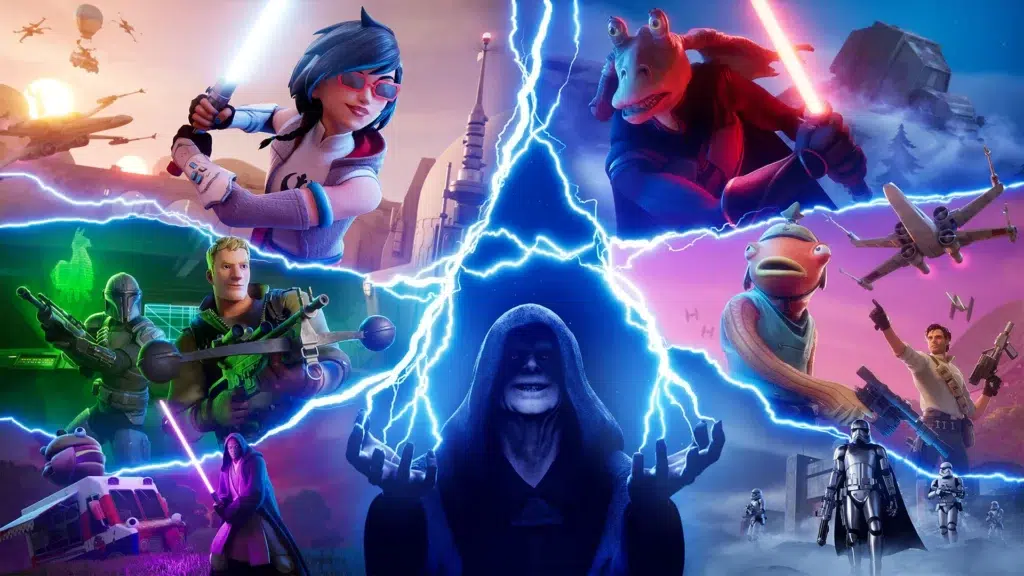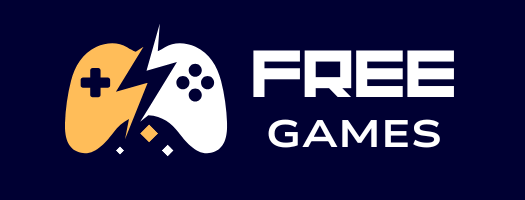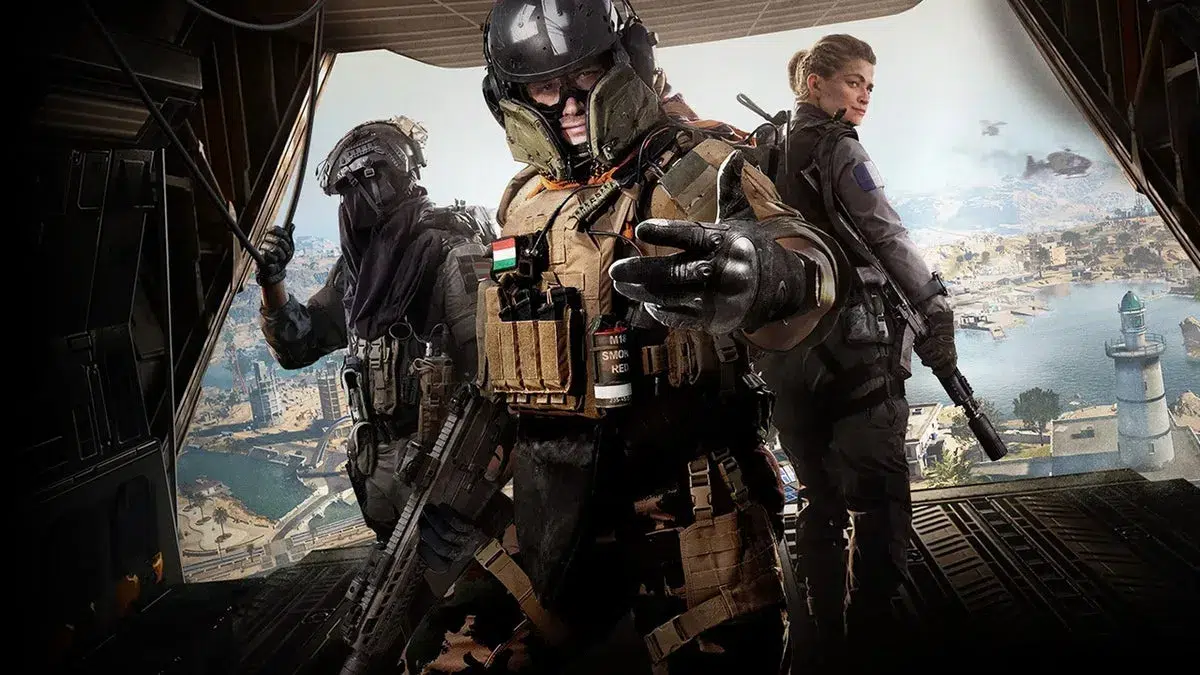At first glance, a free game feels like a gift. A rare moment when the gaming industry offers something for nothing. Yet behind every giveaway is a clear purpose. Whether it’s a small indie title or a major AAA release going free for a limited time, these promotions are rarely about generosity. Instead, they reflect strategic choices based on marketing, competition, and perhaps most importantly, player psychology.
Table of contents
- Introduction
- The Marketing Power of Free
- Platforms vs. Publishers – Who Really Benefits?
- How Player Psychology Drives Free Game Campaigns
- Is There a Catch? Understanding the Hidden Costs
- Case Studies – What Actually Works
- Conclusion
Introduction
Free games are everywhere. Every week, players can log into platforms like Epic Games Store, Steam, or Amazon Prime Gaming and claim a new title at no cost. Some of these are small indie projects looking for exposure; others are big-name games that once sold millions of copies. On the surface, these giveaways seem irrational. How can a company justify giving away something they spent years developing?
The answer lies in a mix of economics, competition, and behavioral science. Free games are not free to make, but they can be highly effective tools to drive attention, loyalty, and eventually revenue.
The marketing power of free
“Free” is one of the most powerful words in marketing. It removes barriers, creates urgency, and encourages people to try things they otherwise might ignore.

For developers, giving away a game can be a calculated step toward a bigger goal: generating buzz, reviving interest in a series, or attracting attention to a sequel. Platforms like Epic Games use free games to draw players into their ecosystem, betting that once a player starts collecting games, they’ll stick around and eventually make a purchase.
Platforms vs. publishers. Who really benefits?
There’s a distinction between giveaways initiated by publishers and those driven by platforms:
- Publishers often aim to revive old franchises or promote upcoming titles.
- Platforms like Epic or Amazon use free games to acquire users and grow market share, often paying developers a flat fee.
In both cases, the goal is not to lose money, but to gain attention and long-term engagement.
How player psychology drives free game campaigns
Game giveaways are effective because they tap into well-studied behavioral patterns:
- Loss aversion: People are more likely to act if they fear missing out.
- Reciprocity bias: Receiving something for free increases positive feelings and loyalty.
- Commitment effect: Once we try a game, we’re more likely to stay engaged with it.
These principles drive behavior — often more than people realize — and form the psychological foundation of most free game strategies.
Is there a catch? Understanding the hidden costs
In many cases, no. Free games really are free to keep. But:
- They pull users into ecosystems where future purchases are encouraged.
- They often promote paid content (DLCs, skins, battle passes).
- They may require subscriptions (e.g. Amazon Prime) or personal data (sign-ups).
The real currency isn’t always money, sometimes, it’s your attention or loyalty.

Case studies. What actually works
- Epic Games gave away GTA V, attracting millions of new users in a week.
- Ubisoft revived interest in the Assassin’s Creed franchise by giving away older titles before launching new ones.
- Amazon Prime Gaming bundles free games with Prime, adding perceived value to the subscription.
- itch.io used massive indie bundles to support causes and promote thousands of developers.
All about the money?
Free games aren’t just a promotion, they’re a calculated move. For companies, they serve as a marketing funnel. For players, they’re a no-risk opportunity to explore new experiences. The next time you claim a free game, remember: it may be free to play, but there’s always a reason why it’s being offered.


